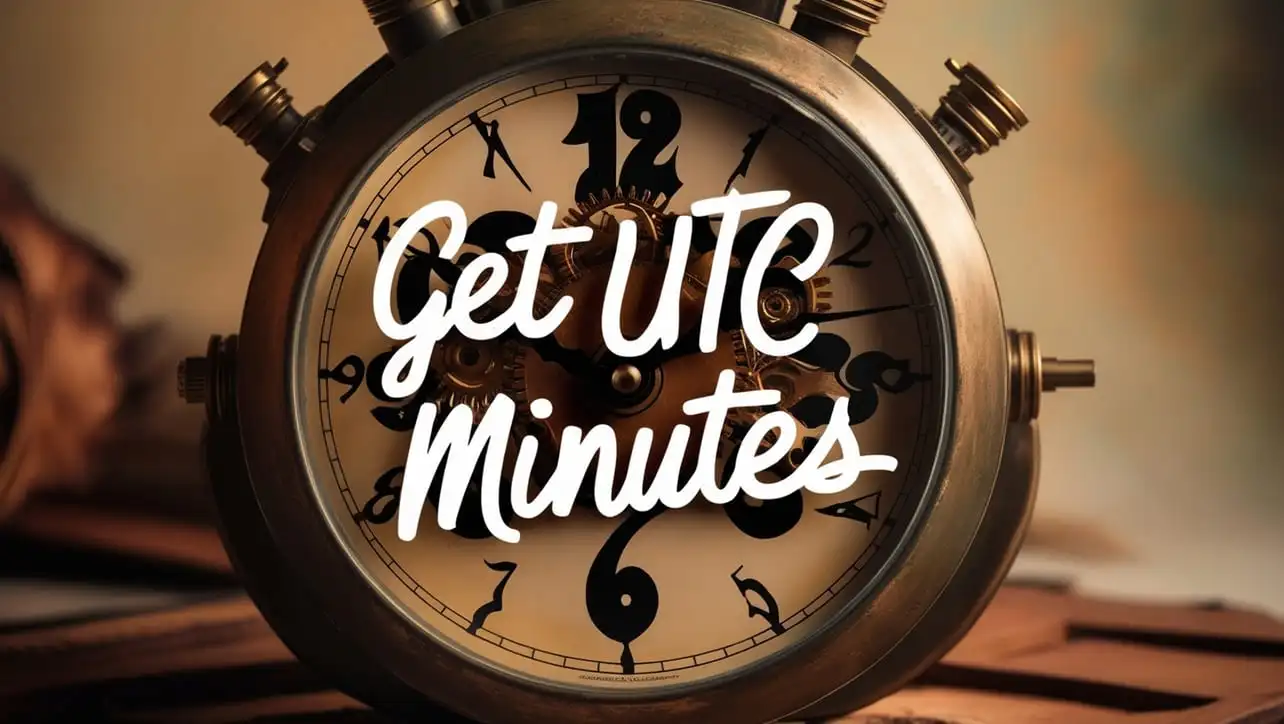
JS Topics
- JS Intro
- JS File Handling
- JS Array Methods
- JS Console Methods
- JS Date Methods
- getDate()
- getDay()
- getFullYear()
- getHours()
- getMilliseconds()
- getMinutes()
- getMonth()
- getSeconds()
- getTime()
- getTimezoneOffset()
- getUTCDate()
- getUTCDay()
- getUTCFullYear()
- getUTCHours()
- getUTCMilliseconds()
- getUTCMinutes()
- getUTCMonth()
- getUTCSeconds()
- now()
- parse()
- setDate()
- setFullYear()
- setHours()
- setMilliseconds()
- setMinutes()
- setMonth()
- setSeconds()
- setTime()
- setUTCDate()
- setUTCFullYear()
- setUTCHours()
- setUTCMilliseconds()
- setUTCMinutes()
- setUTCMonth()
- setUTCSeconds()
- toDateString()
- toISOString()
- toJSON()
- toLocaleDateString()
- toLocaleString()
- toLocaleTimeString()
- toString()
- toTimeString()
- toUTCString()
- UTC()
- valueOf()
- JS Navigator Methods
- JS Node Methods
- JS Number Methods
- JS String Properties
- JS String Methods
- JS Window Methods
- JS Cookies
- JS Interview Programs
- JS Star Pattern
- JS Number Pattern
- JS Alphabet Pattern
JavaScript Date getUTCMinutes() Method

Photo Credit to CodeToFun
🙋 Introduction
Working with dates and times is a common requirement in many JavaScript applications, and the getUTCMinutes() method provides a convenient way to retrieve the minutes from a Date object in Coordinated Universal Time (UTC).
In this comprehensive guide, we will explore the syntax, usage, best practices, and practical examples of the getUTCMinutes() method.
🧠 Understanding getUTCMinutes() Method
The getUTCMinutes() method is part of the Date object in JavaScript and returns the minutes of a date as a number (0 through 59) in Coordinated Universal Time (UTC).
💡 Syntax
The syntax for the getUTCMinutes() method is straightforward:
dateObj.getUTCMinutes();- dateObj: The Date object from which you want to retrieve the minutes.
📝 Example
Let's dive into a practical example to illustrate the usage of the getUTCMinutes() method:
// Create a new Date object for the current date and time
const currentDate = new Date();
// Get the UTC minutes
const utcMinutes = currentDate.getUTCMinutes();
console.log(`UTC Minutes: ${utcMinutes}`);In this example, we create a new Date object representing the current date and time and then use the getUTCMinutes() method to retrieve the minutes in UTC.
🏆 Best Practices
When working with the getUTCMinutes() method, consider the following best practices:
Formatting Output:
If you need to display minutes with leading zeros (e.g., "05" instead of "5"), you can use string formatting techniques.
example.jsCopiedconst formattedMinutes = currentDate.getUTCMinutes().toString().padStart(2, '0'); console.log(`Formatted UTC Minutes: ${formattedMinutes}`);Avoid Timezone Confusion:
Keep in mind that
getUTCMinutes()retrieves the minutes in UTC, which may differ from the local time zone. Be cautious when comparing or combining these values.
📚 Use Cases
Displaying Time Information:
The
getUTCMinutes()method is particularly useful when displaying time information, especially in scenarios where you want to show minutes in UTC.example.jsCopiedconst hours = currentDate.getUTCHours(); const minutes = currentDate.getUTCMinutes(); console.log(`Current UTC Time: ${hours}:${minutes}`);Calculating Time Differences:
You can use
getUTCMinutes()in conjunction with other Date methods to calculate time differences between two dates in minutes.example.jsCopiedconst startDate = new Date('2024-02-26T12:00:00Z'); const endDate = new Date(); const timeDifferenceInMinutes = (endDate - startDate) / (1000 * 60); console.log(`Time difference in minutes: ${timeDifferenceInMinutes}`);
🎉 Conclusion
The getUTCMinutes() method is a valuable tool for handling time-related operations in JavaScript. Whether you are working with time displays, calculating time differences, or other time-related tasks, understanding and leveraging this method will enhance your capabilities in dealing with dates.
By adhering to best practices and exploring diverse use cases, you can harness the full potential of the getUTCMinutes() method in your JavaScript projects.
👨💻 Join our Community:
Author

For over eight years, I worked as a full-stack web developer. Now, I have chosen my profession as a full-time blogger at codetofun.com.
Buy me a coffee to make codetofun.com free for everyone.
Buy me a Coffee












If you have any doubts regarding this article (JavaScript Date getUTCMinutes() Method), please comment here. I will help you immediately.